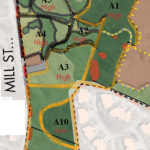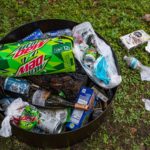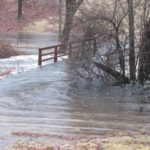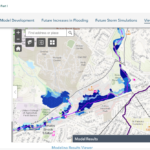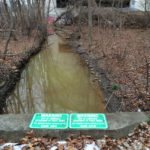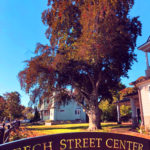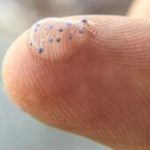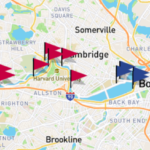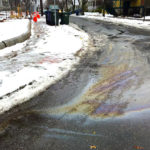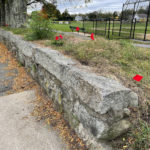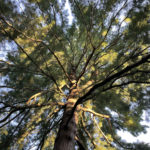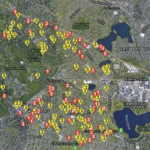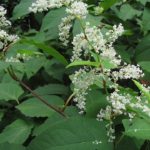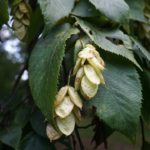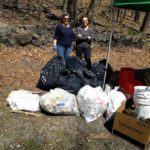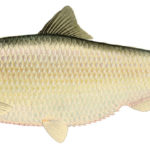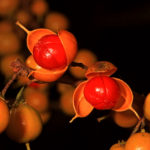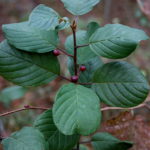
By Joe Hibbard Take a walk on the north side of the Great Meadow at the Lone Tree Hill Conservation Land and you might notice some recent changes in the landscape. A broad area along both sides of the Pitch Pine Trail, which was until recently an impenetrable thicket of invasive plants, is being cleared and on its way to a healthier forest/meadow edge landscape. The clearing is part of a long-term project to restore ecological balance to degraded landscapes that are part of the Lone Tree Hill Conservation Land. The project is led by the Land Management Committee for [READ MORE]


